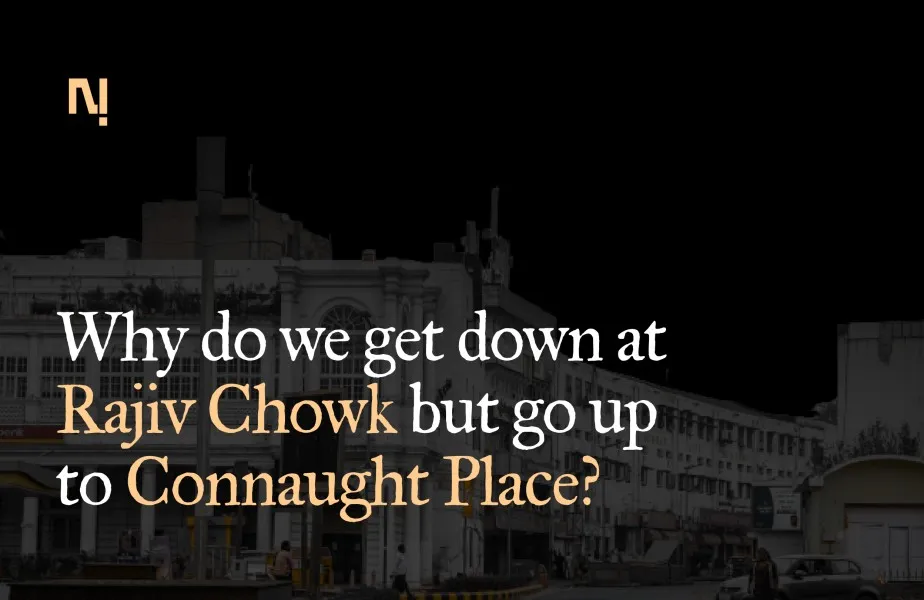What's in a name: Rajiv Chowk vs Connaught Place

Reliving one of the early #nomenthoughts inspired from the book ‘Delhi in Thy Name’.
Author & Journalist Adrija Roychowdhury stirs our imagination as she traces the annals of history behind the names of iconic areas in the Indian capital city of New Delhi.
Drenched in the personal memories of residents and dwellers, we got to read where a name really comes from and what significance it really holds or has come to hold.
Beyond history, the book throws light on the political nature of naming and how in all of it, a name endows its character to a place and it’s people.
PS. This is an informative post created only with an intent to educate. We do not own rights to the image.
Connaught Place—gets its name after the Duke of Connaught, who on his royal visit to India in 1921, laid foundation to the India Gate.
CP is one of Delhi's most famous markets where the street melds into the elite. From opulent hotels to bustling cafes, official edifices to urban hangouts, street to high-end fashion, Connaught Place is a symbol of aspirations, antiquated & modern alike.
But as you step out in the infamously busy Rajiv Chowk metro station, one could think, why not name the station Connaught Place?
After former Prime Minister Rajiv Gandhi's assassination in 1991, Manishankar Aiyer, then MP & a leader of the Congress Party, proposed to rename the iconic area at the heart of the capital city as Rajiv Chowk to honour his memory.
Unshakeable in public memory, Connaught Place had already earned its brand. So, the traders, shop-owners, public & political resistance from the opposition, didn't let the name change happen.
Later, with the help of then CM Sheila Dikshit, Aiyer was successful in naming the metro station- Rajiv Chowk.
But why the resistance?
The name change proposal & the locals' resistance are both political and far from it.
The locals didn't remember the Duke fondly. Nor could it be dismissed as 'colonial hangover', which may hold true for older generations.
Resistance came from the association the locals held dear, a sense of belonging. The later generations, perhaps wished to preserve their legacies of being the first to establish, to service the nobility, to shift into a modern, sophisticated social standing. For them, if the name went away, the legacy went with it.
What would have happened, if the name had changed? Would we associate CP with less pomp and galore? Perhaps. Would it alter the economics of the place?
Perhaps.
Would the change grow on to the locals?
Perhaps.
But it will never be the same.
Names live on the blurred edges of politics and history, inconspicuously yet deeply impacting on our community consciousness surviving in the memory only as we make it.
Image Source: Rehan Fazal on Unsplash
An initiative of Become


























